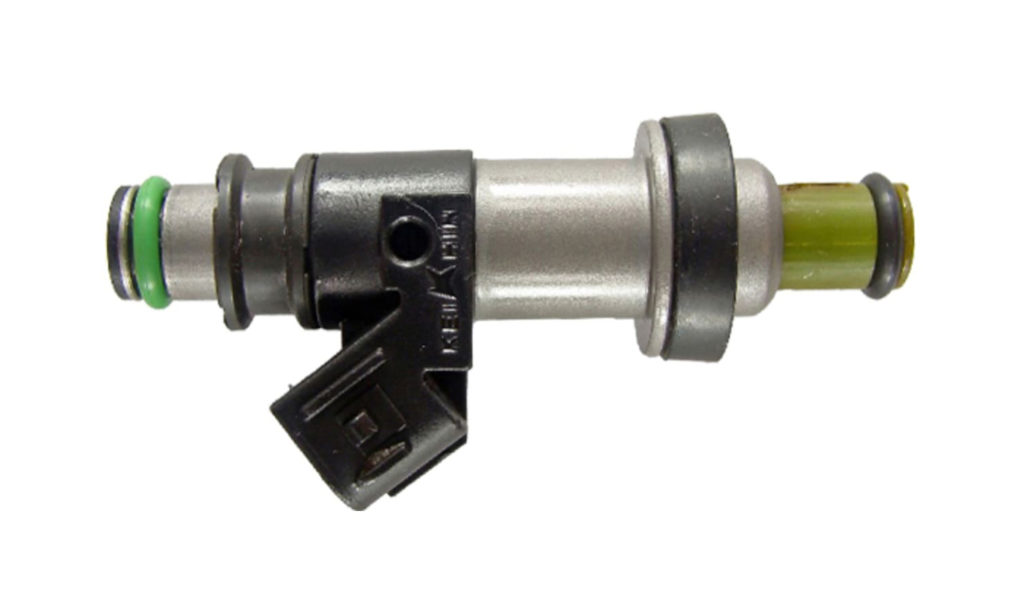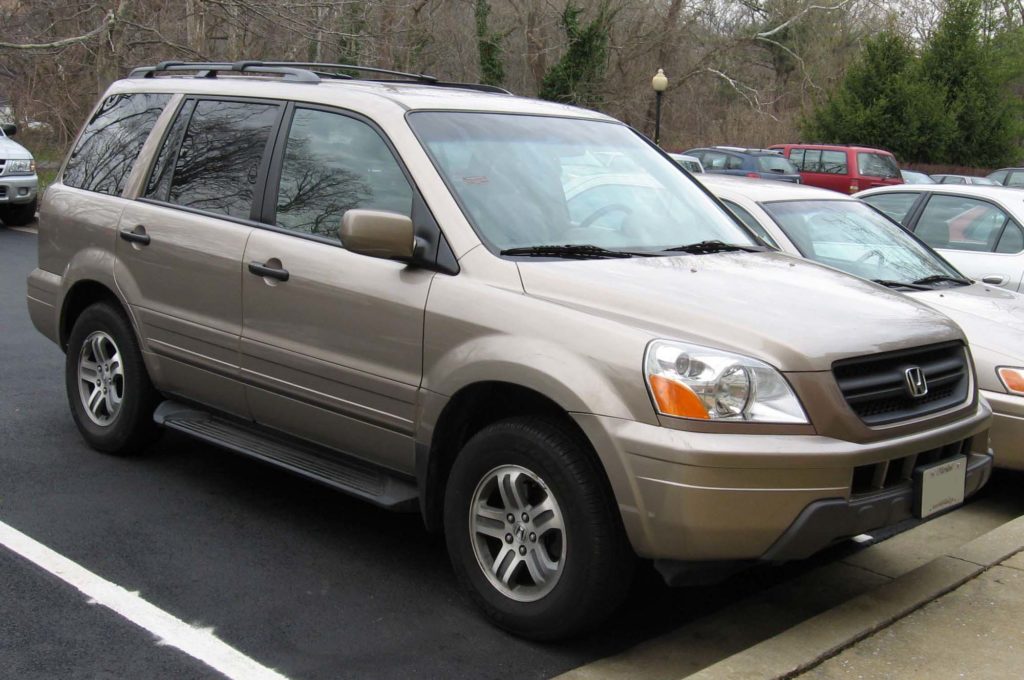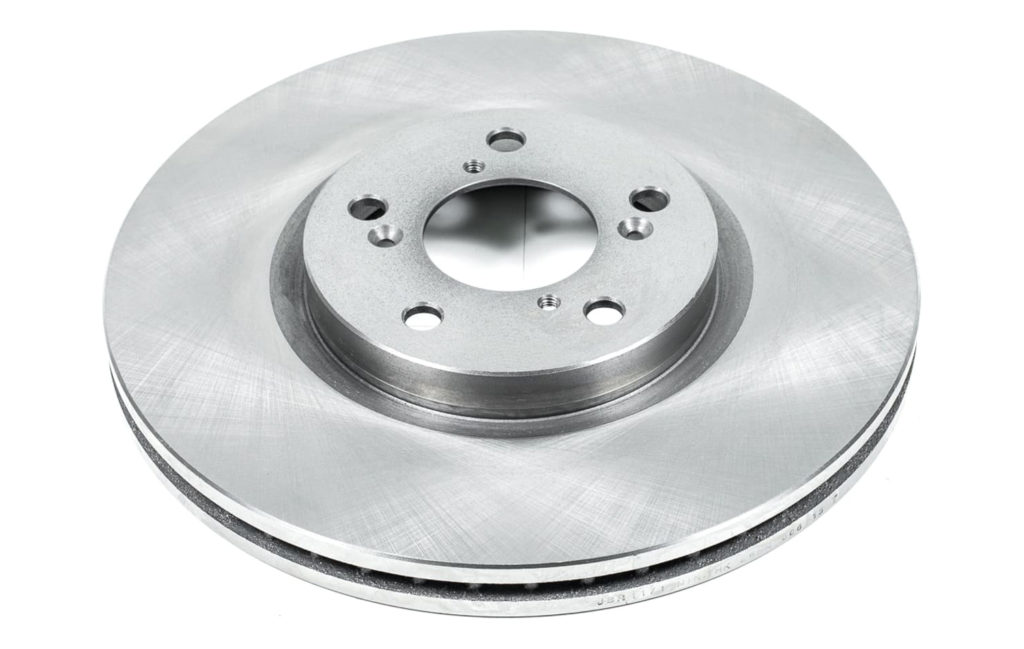Whether you’re looking at a new or pre-owned Honda Pilot, you can expect it to deliver excellent SUV performance. But even a vehicle as popular as this one has had its fair share of problems over the years. Let’s take a closer look at some of this model’s most common issues.
Are Honda Pilots Reliable?
RepairPal gave the Honda Pilot a reliability rating of 3.5 out of 5.0, ranking it 13th out of 26 midsize SUVs. It received a higher rating from Cars.com, earning a score of 4.6 out of 5.0 based on consumer reviews. The Pilot has low ownership costs, averaging $542 on annual repairs compared to the usual $573.

It also has great resale value, depreciating by only 48% after five years while most SUVs depreciate by at least 51.6%. Third-generation Pilots are also some of the most fuel-efficient SUVs on the market, consuming 21-23 mpg.
Honda Pilot Problems
Despite its reliability, the Honda Pilot may be affected by issues that can impact its ride comfort and drivability. Here are some of the most commonly reported Honda Pilot problems:
Electrical Issues
Some units of the 2020 Honda Pilot have problems that cause the vehicle’s navigation, infotainment system, and instrument panel to black out and stop working. Most owners report that the problem usually starts after hearing popping or clicking noises from the dash.
While some drivers were told that these issues are caused by loose wiring, reconnecting and replacing the dash wiring harness hasn’t resolved the issue in many of the affected units.
Fuel System Problems
Clogged fuel injectors are a common problem for the 2016 Honda Pilot model year. This causes the SUV’s engine to misfire, run rough, and hesitate while shifting gears or downshifting.

In most cases, drivers may need to replace the clogged injectors to prevent serious engine damage. A new fuel injector can cost you anywhere between $50 and $80 excluding labor costs.
Excessive Oil Consumption
Excessive oil consumption due to faulty variable cylinder management (VCM) is the most widely reported 2009 Honda Pilot problem. Many drivers report needing to top up their engine oil frequently because their SUV burns too much oil. In most cases, the oil enters the engine’s combustion chamber, causing the spark plugs to become fouled and the catalytic converter to fail.

A class action lawsuit was filed against Honda in 2012 because of this issue. The plaintiffs alleged that the automaker sold nearly 1.6 million vehicles that excessively burned oil and required frequent spark plug replacements. They also claimed that the company refused to acknowledge the issue and simply advised owners to frequently check their oil levels.
Honda agreed to a settlement in 2013, which involved extending the powertrain limited warranty for up to eight years after the original sale or lease of the affected vehicles.
Transmission Issues
Transmission fluid leaks caused by a defective transmission cooler are a common 2005 Honda Pilot problem. Once the fluid floods the cooling system, it may cause radiator failure. This design defect may also cause engine coolant to leak into the transmission, which may cause difficulty shifting between gears. Most owners have had to flush their transmission and replace their radiator to fix the issue.

Meanwhile, some 2003 Pilots have widely reported cases of transmission failure due to heat buildup between the countershaft and secondary shaft gears. This led Honda to recall certain 2003 Pilots, Odysseys, and MDXs in 2004 to replace the affected vehicles’ transmission or oil cooler return line.
Brake Problems
Many 2003-2017 Pilot owners have reported cases of warped brake rotors, which cause excessive vibration while braking. This problem typically occurs at high speeds because of the excessive heat generated through friction. Faulty brake pad shims may also cause some 2003 and 2004 model years to produce a clunking noise while braking.

Fortunately, brake problems can be addressed by replacing the faulty parts. New brake rotors can cost you anywhere from $100 to $200 excluding labor costs, while replacement brake pads generally cost anywhere between $30 and $80 on parts alone.
EGR and IAC Valve Failure
Exhaust gas recirculation (EGR) valve failure is a common issue among 2003-2017 Pilots. Carbon deposits usually get stuck in the valve, resulting in longer crank time, excessive engine vibration, and rough idling.

Idle air control (IAC) valve failure is also a widely reported problem in many 2003-2016 Honda Pilots. A clogged IAC valve causes rough idling, engine stalling, and erratic idle speed. An IAC valve can cost anywhere between $50 and $80 plus labor costs.
Differential Fluid Breakdown
Differential fluid breakdown is a common issue found in the Honda Pilot’s 2003-2012 and 2015 model years. Common symptoms for this problem are loud noises and juddering coming from the rear axle. In most cases, mechanics recommend flushing the transfer case and changing the differential fluid. Ignoring this problem may cause your differential to overheat and result in premature wear on its gears and bearings.
Defective Low Beam Lights
An overheated headlight wiring harness may render the low beam lights inoperable in some 2003-2008, and 2010-2013 Pilots. Owners report seeing melted sockets and connectors, as well as smoke coming from the steering column due to a faulty light switch connector. While Honda announced plans to recall the affected SUVs, they didn’t release any TSBs for the Pilot.
Even the most reliable makes and models can develop problems over time, which is why it’s important to keep an eye out for the signs indicating a faulty part. By being aware of the Pilot’s most common issues, you’ll know what repairs it may need and extend its service life.
Where to Get Quality Replacement Parts for Your Honda Pilot
The Honda Pilot is a reliable car according to most owners, but it does come with its fair share of common issues. From electrical issues to defective lights, you’ll often need to purchase replacement parts when these problems arise. Thankfully, you can trust CarParts.com for all your Honda Pilot parts.
CarParts.com offers a wide selection of parts at different price points to suit your budget. We source our parts from only the most trusted manufacturers in the industry, ensuring quality. Using our built-in vehicle allows you to search for parts that will fit your Honda Pilot perfectly. Purchase online with confidence, knowing your new parts will be covered by our 60-day return policy.
If you’re facing any of these common issues with your Honda Pilot, don’t wait. Order a new fuel injector or other parts for your Honda Pilot at CarParts.com today.
Any information provided on this Website is for informational purposes only and is not intended to replace consultation with a professional mechanic. The accuracy and timeliness of the information may change from the time of publication.

















